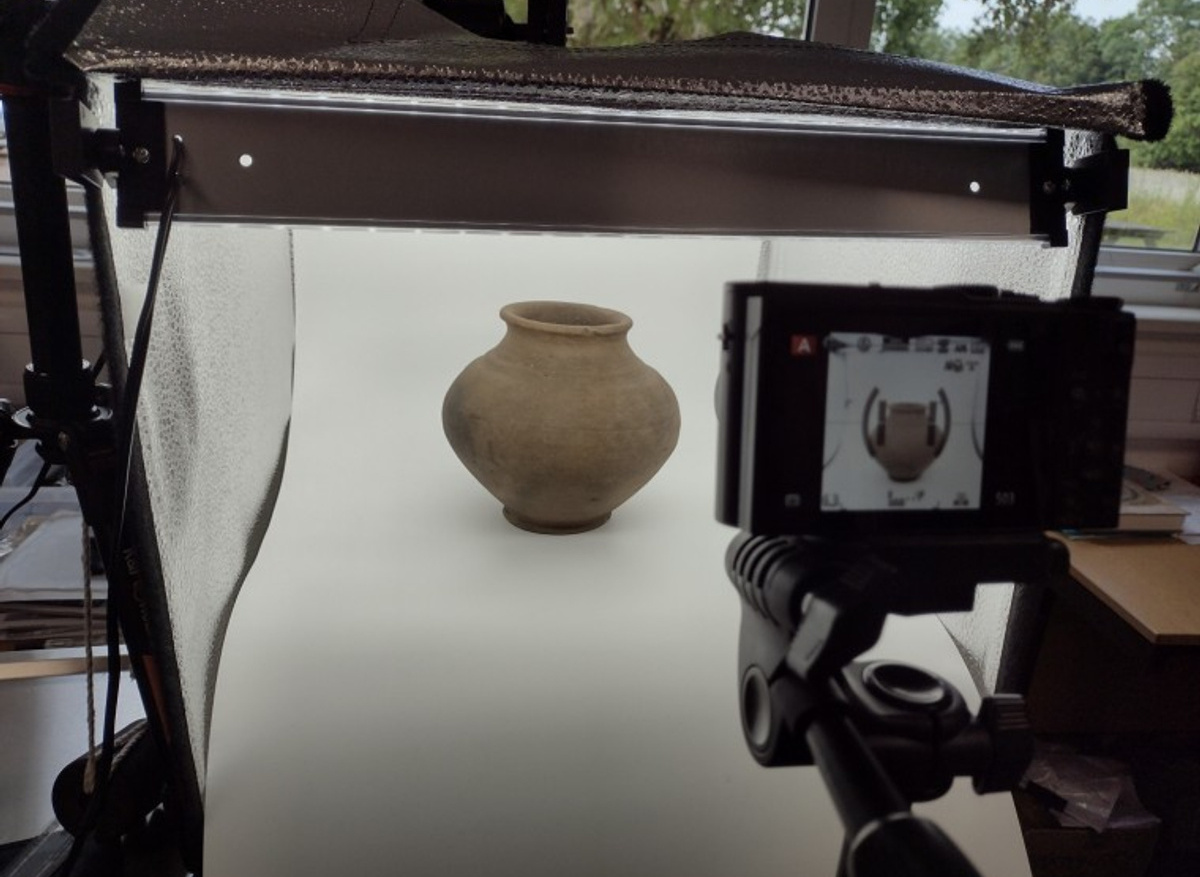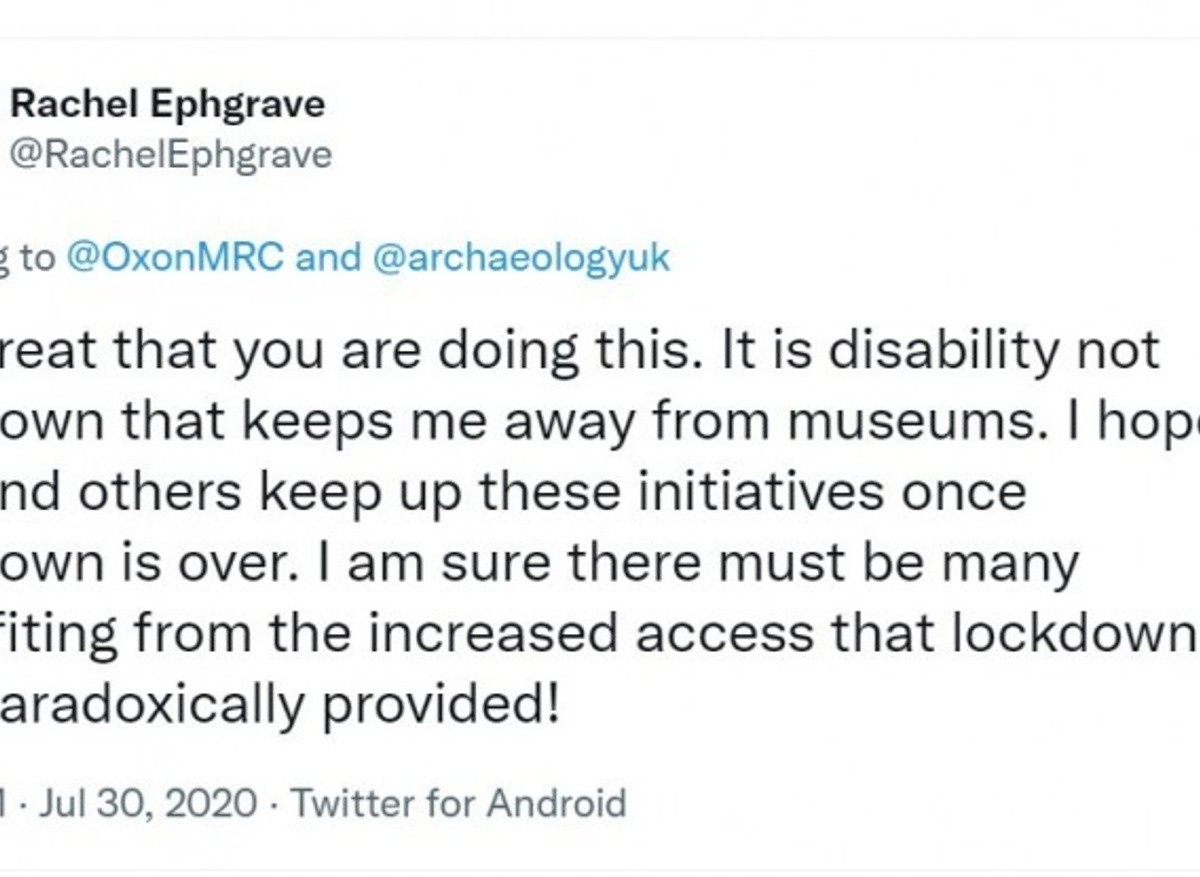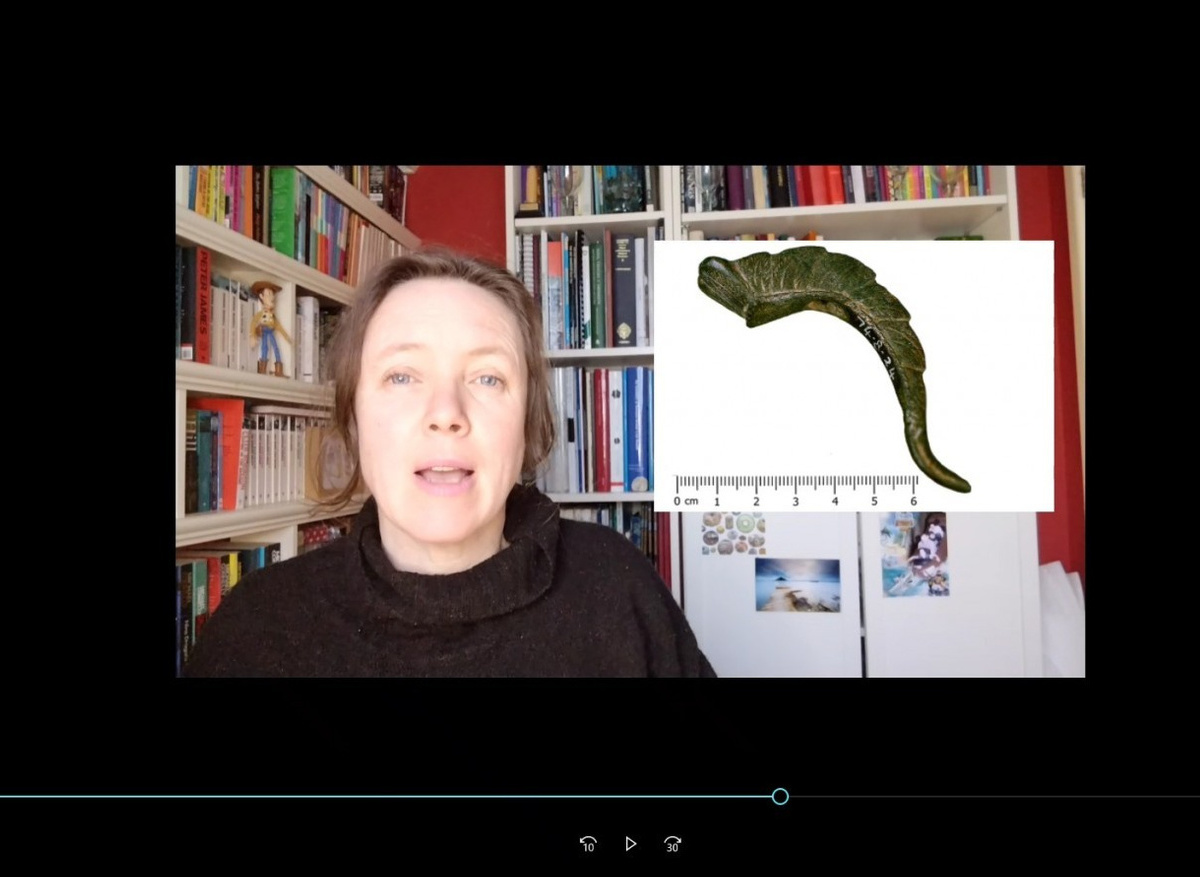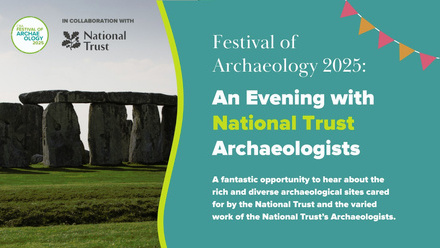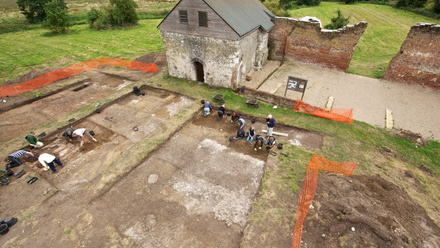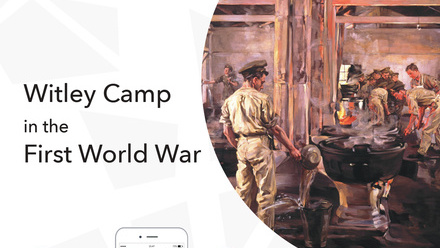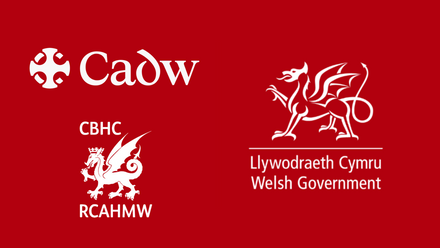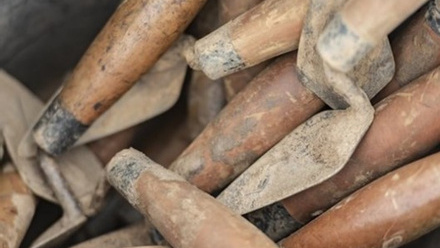I’ve been the Curator of Oxfordshire Museums Service for 18 months, most of which has been working from home during a global pandemic. The pandemic isn’t over, but lockdown has lifted and restrictions are easing.
During lockdown images of our archaeology collection were used in social media to provide alternative access. We enthused about our objects online using tweets and making one-minute long films for #MuseumFromHome on Twitter. Images can save a lot of words (or characters!). To see what we what we do, including for the Festival of Archaeology, follow our Twitter accounts @OxonMRC and @OxonMuseums and the Oxfordshire Museums Service YouTube channel.
Prior to Covid-19 our digital images were originally taken for internal use, as a quick visual record to document the condition of some objects. For the public our images need to be of a higher quality and more objects need to be photographed. It is only now we can return to the stores and take these photographs, handle the objects, work with volunteers, rummage through boxes of old stuff and keep making our collection accessible. But with over 50,000 objects, where do we start?
We successfully applied to the Oxford University’s Garden, Libraries and Museums division and its partner Arts Council England for funding for our ‘Developing Digital Access: Community Engagement Pilot Project’. I am now recruiting volunteers to help photograph archaeological objects found in their local area, in this case Eynsham and the surrounding area. We will assess how many objects we can photograph, how best to catalogue them so they can be easily searched and found, and we can then raise the interest in these objects and their stories, using the images.
Why do I find the prospect of these images so joyous, interesting, and calming …? I’m a Curator of Archaeology, I stand on the shoulders of field archaeologists, specialists, metal detectorists, historians, researchers, my colleagues, my predecessors, Oxfordshire residents, students; I have many stories to tell of past lives to the present day residents of Oxfordshire. A good story is made far more memorable with good images and taking these photographs is a real treat.
And this leads me on to my final comment; during lockdown we developed a new audience, those people who cannot get to see or hear about our objects and their stories in museums or other venues due to chronic illness. Rachel Ephgrave’s Tweet (see image) commenting on our #MuseumFromHome films created during lockdown beautifully sums up her experience and those of others we have since been in contact with. Rachel, who suffers from a chronic illness commented that paradoxically Covid-19 opened museums to her. If you can’t get to see the actual object in person, an image becomes immensely important.
Now what setting do I need to put my camera on…..?
I am the Curator of Archaeology for the Oxfordshire Museums Service. After 22 years as the Senior Finds Liaison Officer for the Portable Antiquities Scheme I thought it was time for a change and I couldn't turn down the opportunity of becoming a curator. Archaeologically I find it hard to picture a community, people or landscape when I look at site plans or excavate sites, but give me an object and I can see the person who wore that brooch, I can picture the cart and the landscape it travelled through when I see a linch pin for the wheel. All these people's lives, their belongings and stories are what I want to hear about and share with others. I get to do that working in Museums.
Contact details
Angie Bolton
Oxfordshire Museums Service

